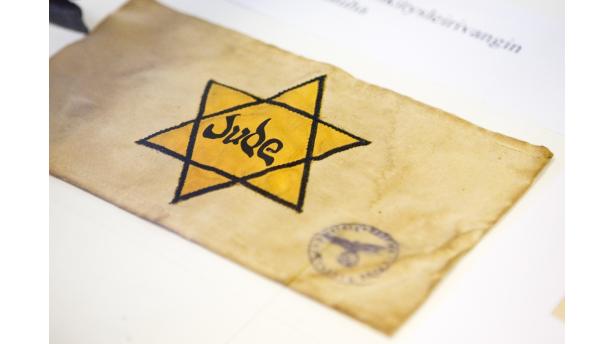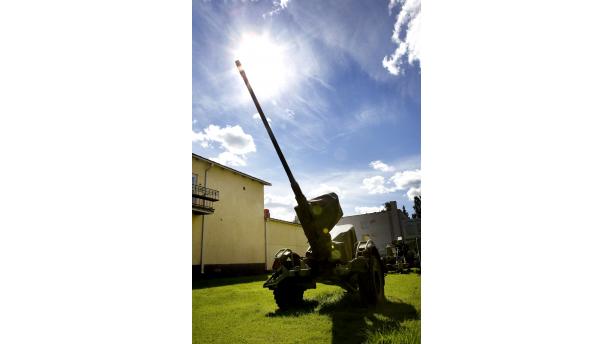Museum A-Ö » Wars and wartime » Isokyrö War Museum
Isokyrö War Museum




Did you know...
The Lotta Svärd organization had an informal and a formal dress. Those are both displayed in the museum.
In the Isokyrö War Museum are displayed objects and stories from all the wars waged by Finland. The specialty of the museum is the cannon park, where there are nine different kinds of cannons on view.
In the War Museum one can with the help of items and guidance get acquainted with the Gudgel War (a peasant uprising in the kingdom of Sweden in the part that is now Finland), the Hakkapeliittas (Finnish light cavalryman), the Carolinians, the Finnish War in 1808-1809, the First World War, the Civil War in 1918, and the Second World War in 1939-1945. In the vitrines are exposed soldiers’ uniforms and helmets, rifles and other equipment. One can see in the museum men’s attires from the period of the Gudgel War, a file soldier with his wife, an ensign’s uniform from the year 1918, a festive uniform of a lieutenant colonel and the uniform belonging to a member of the Lotta Svärd organization during the Second World War.The items in the vitrines offer the visitors a cross section of Finland’s history. The journey begins with the ancient history of Kyrönmaa and continues through all the wars waged by Finland. Among the artefacts are for instance a camp package, medicaments and a bicycle used for delivering messages of condolence. The Lotta Svärd organization is portrayed with pictures and words. A moving item is an arm band originating from a concentration camp embellished with a Star of David and the text “Jude” (Jewish).
One of the museum’s pearls is a park with nine different kinds of modern era cannons. Here you can see for example an infantry cannon dating back to 1936, a field cannon dating back to 1938 and other cannons from Russia, Finland, Switzerland and Sweden. A Russian horse-drawn field cannon from the year 1902 is one of the oldest weapons in the park. The cannons are no longer in working order, as they have been defused.
There is also place for locality: on view in the museum is a scale model displaying the positions of the Isokyrö people in the Vaskisavotta during the Continuation War in 1942-1944. The museum was founded in 1997 by the Finnish national defence organizations, and the collection is composed of donations made by private citizens. There is also a special exhibition in the museum with an annually changing theme.



